Mountain goats aren’t really known for being stealthy. They don’t have a lot of need to be. There aren’t that many predators up here at the top of the world at over 14,000′ to get them so they usually just hang out not caring very much about who sees them.
Yet Nature, who is in charge of animal protection here in this world, has chosen to give them life saving camouflage anyway. When you enlarge this image by clicking on it, and you know you should, you’ll see that even with them standing out in plain sight your eyes will drift right over them and you’ll often miss seeing them. This effect is even more pronounced when the herd is scattered out and the individuals take on the coloring and look of the boulder field they like to forage in.
Occasionally a coyote and on the rarest of occasions a mountain lion will find its way up here in the hopes of catching a lamb or a sick billy-goat but they’re usually so whacked out by the lack of oxygen up here that their efforts are half-hearted at best. Still the camouflage is there in case they need it.
This is Mt. Evans by the way, and it is 14,264′ up in the air. It is also one of the tallest of our national parks with all kinds of neat facts that you can read elsewhere about how cool it is. The road up here is not for the squeamish and will often involve some or all of the passengers in your vehicle crouching on the floor to avoid the sheer terror of the incredible drop offs just inches away from your tires. Drivers Pay Attention! Gravity is not your friend up here.
For those of you who are going to ask “Is that blue real?” the answer is no. It’s actually bluer than that. I had to tone it down in Photoshop from the real color because it is SO blue, and that is the famous Colorado blue you hear about, that my staffers walking by catching a glimpse of it on the monitor would be frozen in their tracks, stunned into immobility, so totally hypnotized by it blueness, that they would be paralyzed and fall over in what we call the Blue Coma. Since some of you may be viewing this on portable devices and doing things like walking or chewing gum I thought it best, in the interest of your safety, to bring it down into a more tolerable color.
Soon and that is in a couple of weeks, the ewes will start having their lambs and the tourists will start arriving to see them. The park opens later in the year than most other parks because this geography and weather up here are similar to arctic conditions. There’s tundra scattered around everywhere with arctic plants growing and biting winds and fast-moving storms that race in just to catch everyone unaware, so they, the people in charge of these places, want to give the inquisitive tourists every chance of making it up and back down alive. Plus the roads are mostly snowed shut until sometime in mid June. But life is an adventure and you’re alive or should be so jump in the old Celica and get on up to the top of the world. There’s views, and vistas, and far-reaching sights that will make you say “oh Wow” or even “Holy Moley” and you can see the Mountain goats hiding in plain sight. It’s worth it.

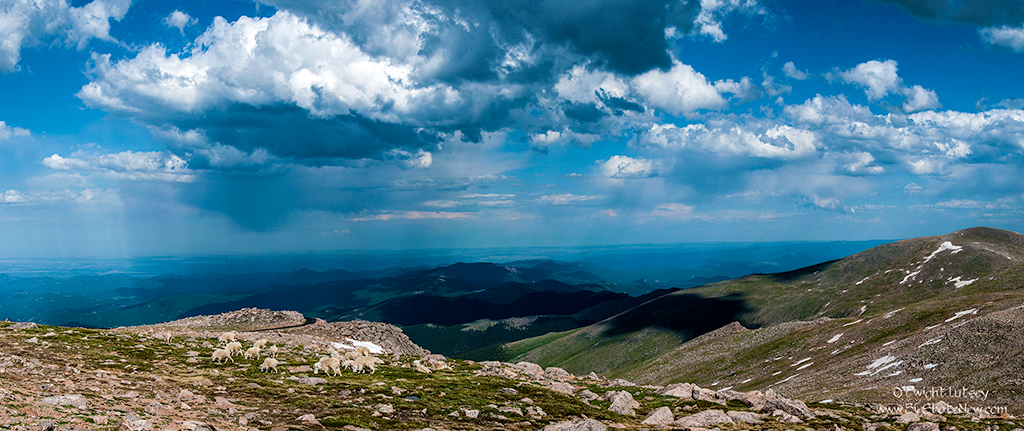

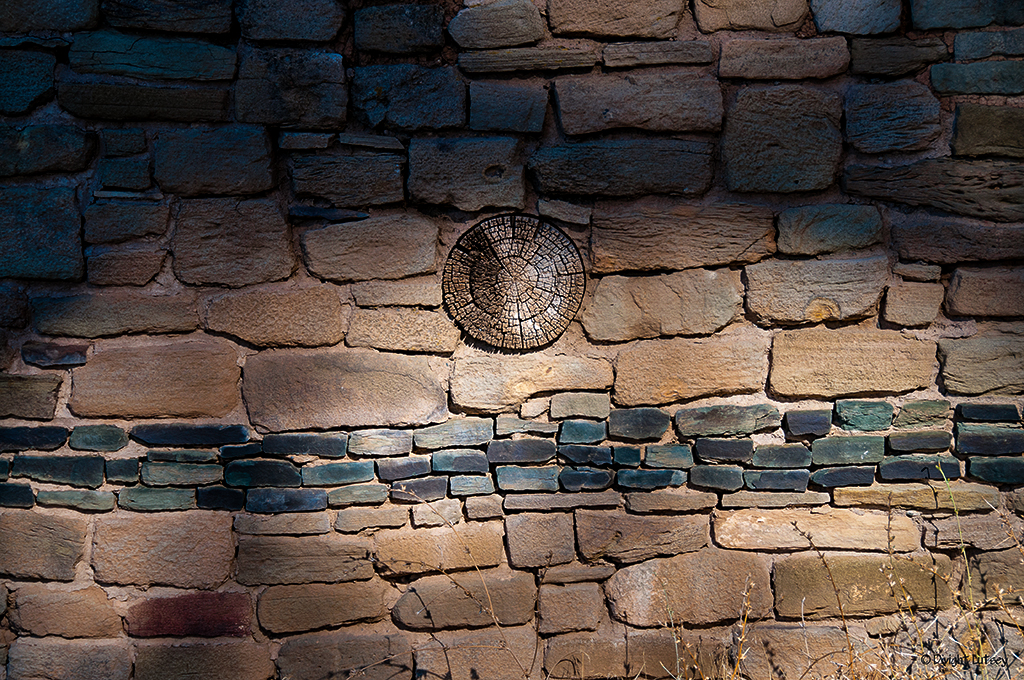
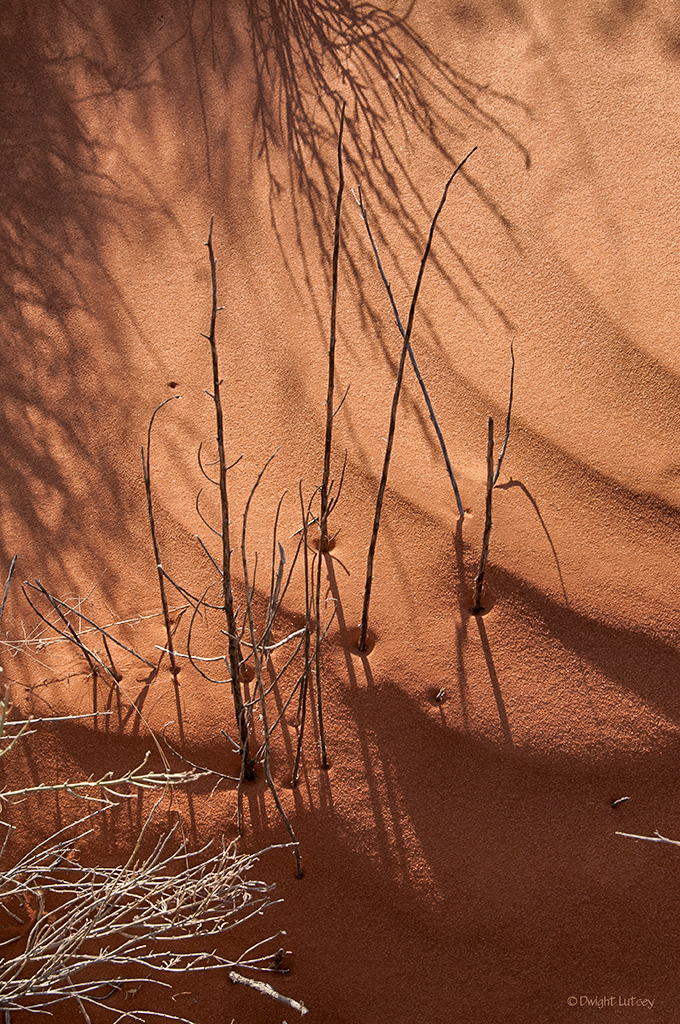
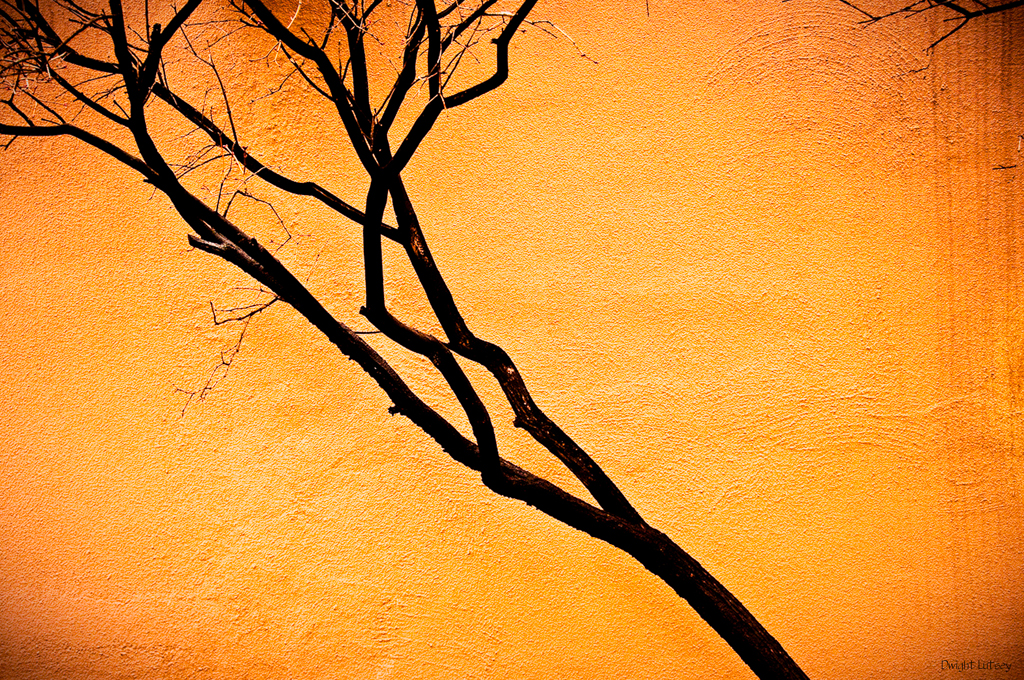
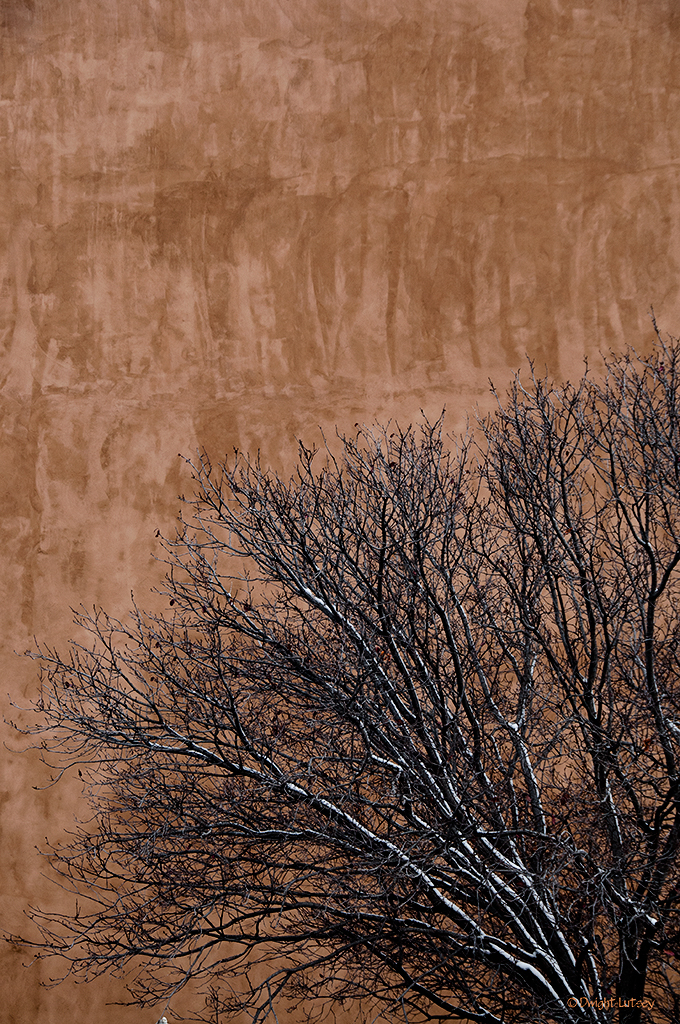
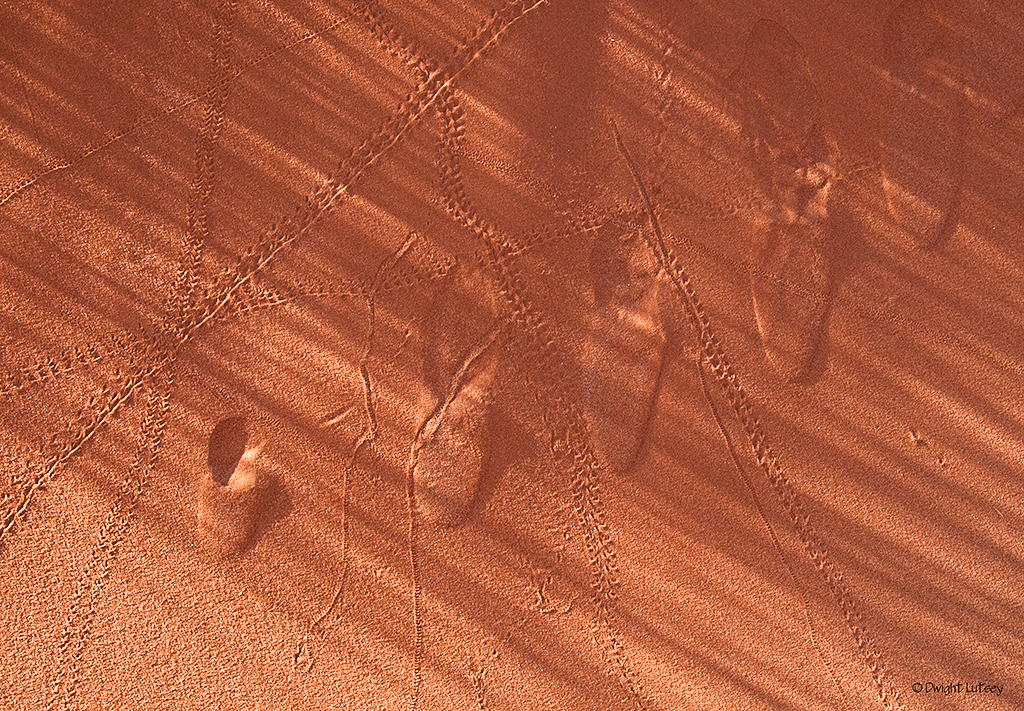
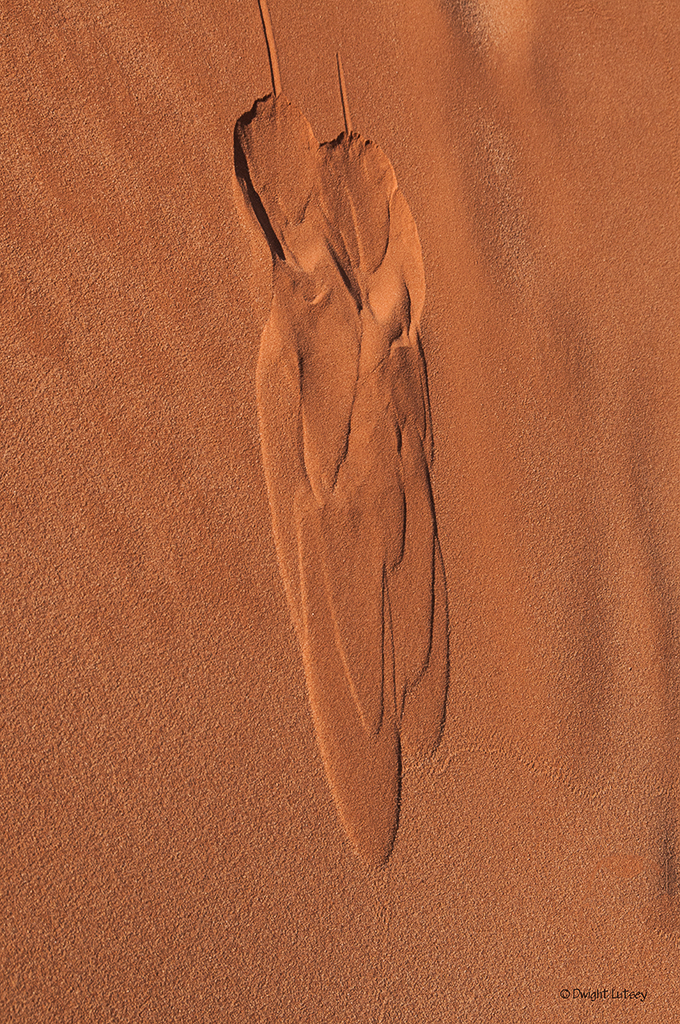
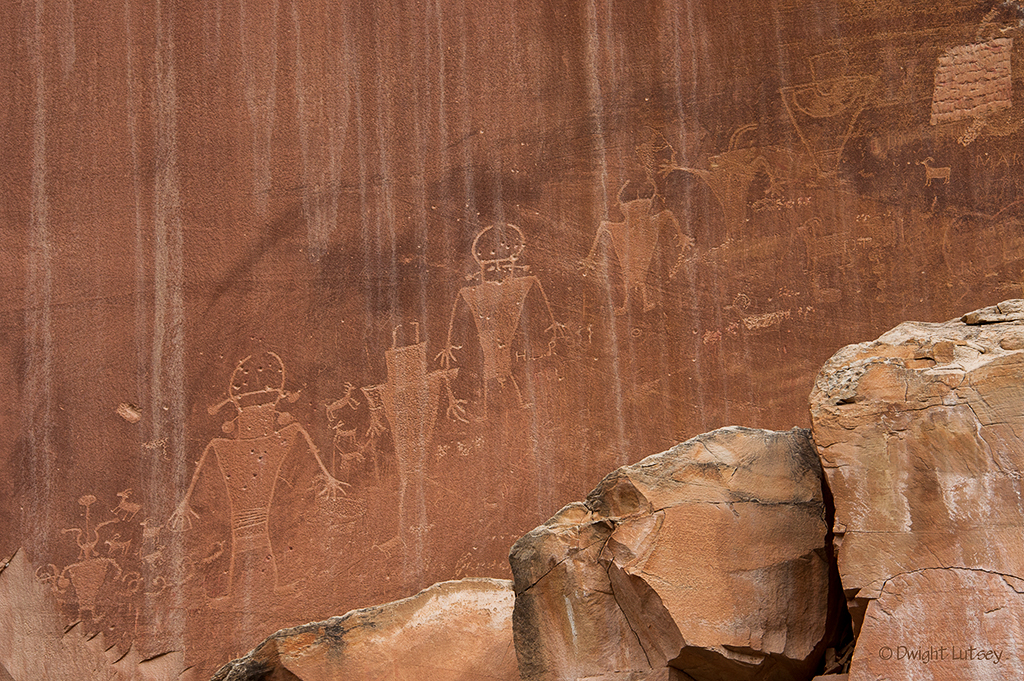
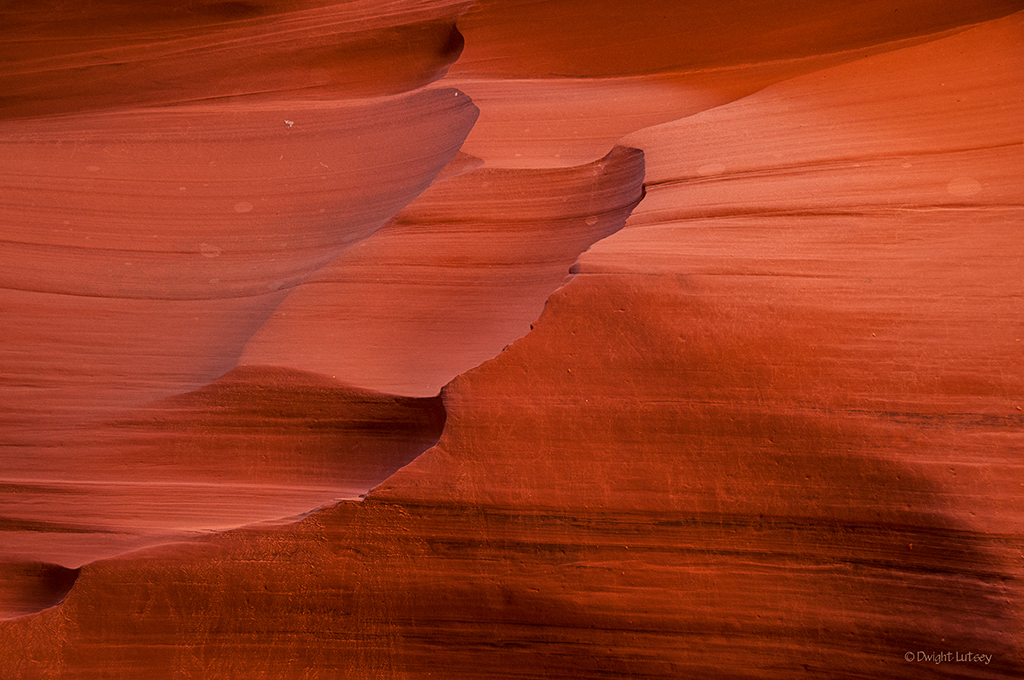
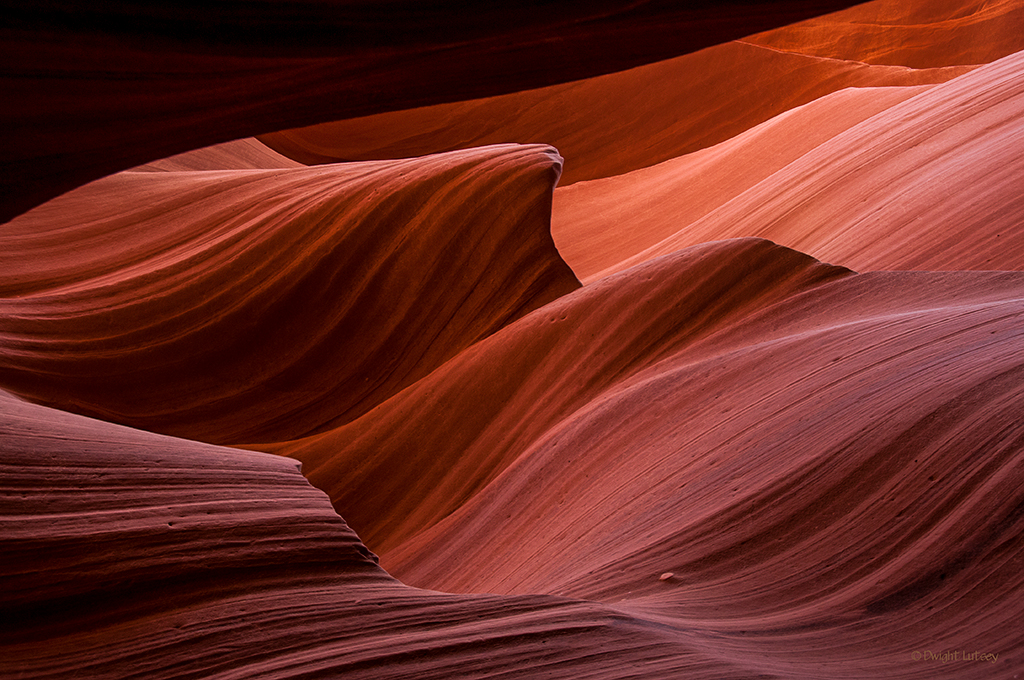
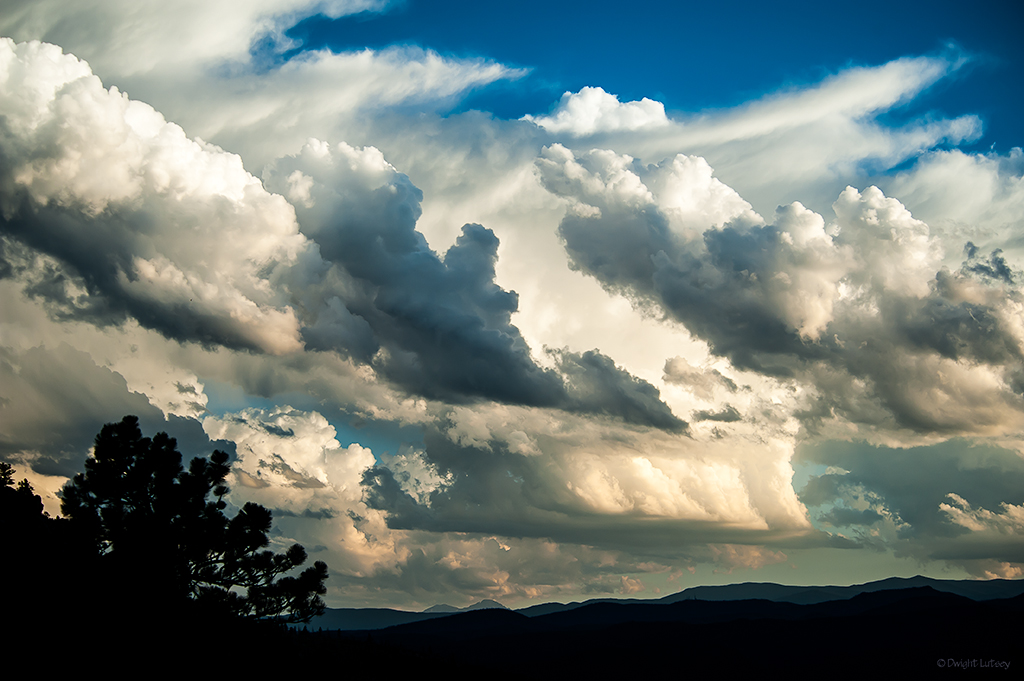

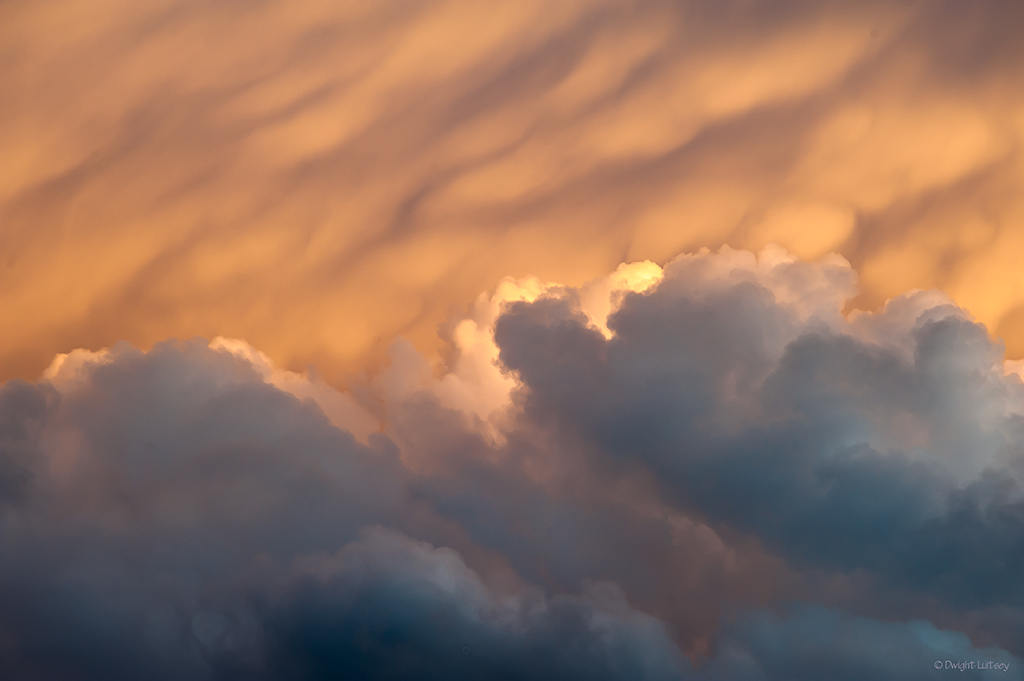
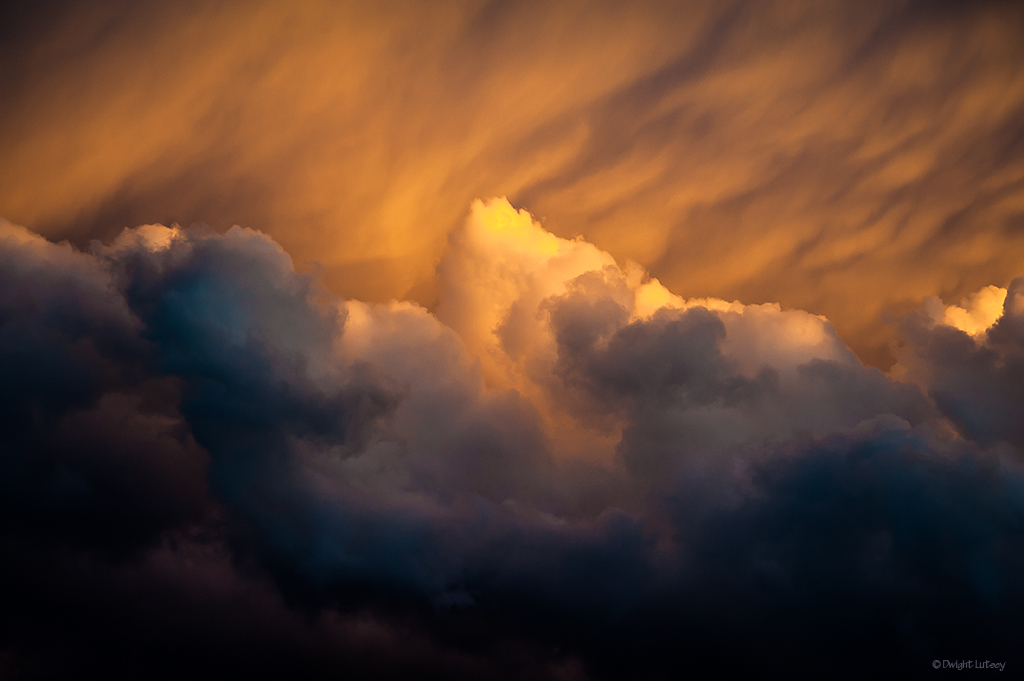
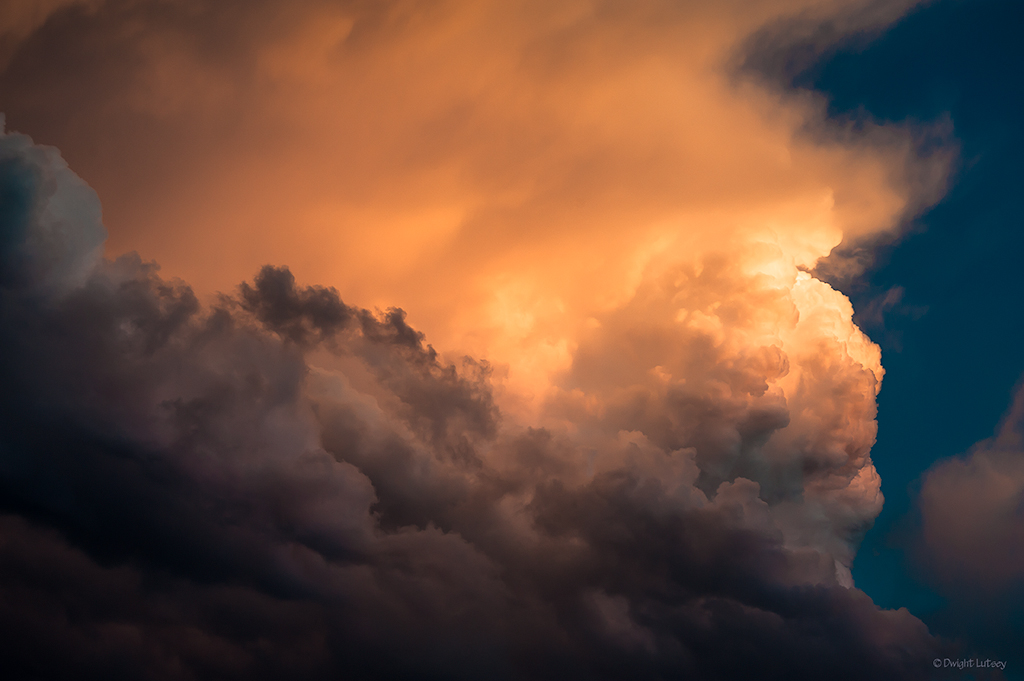
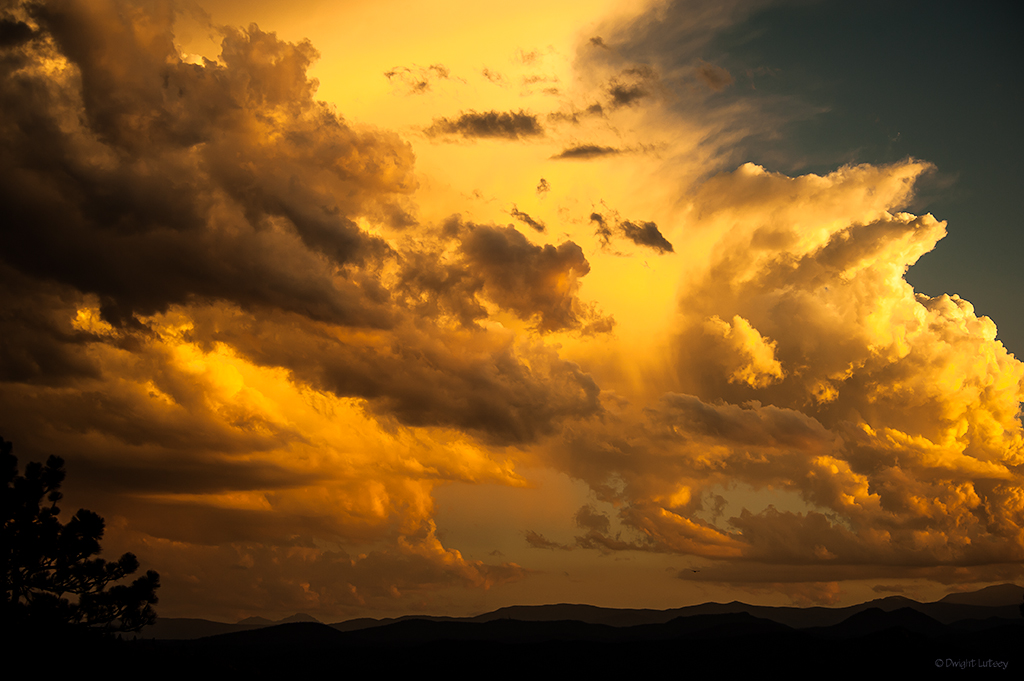
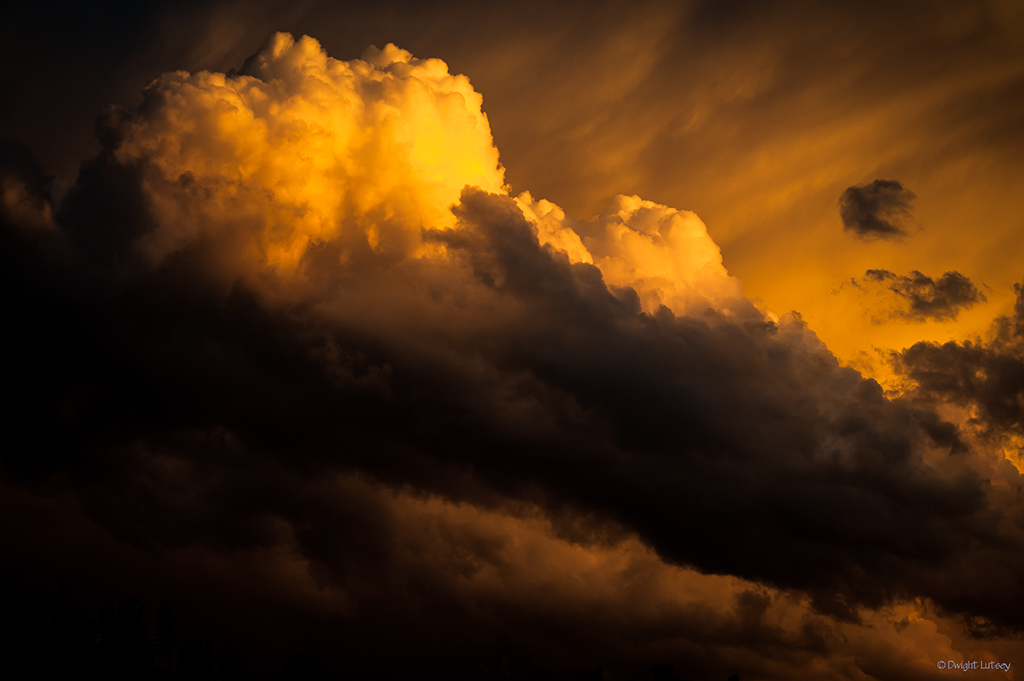

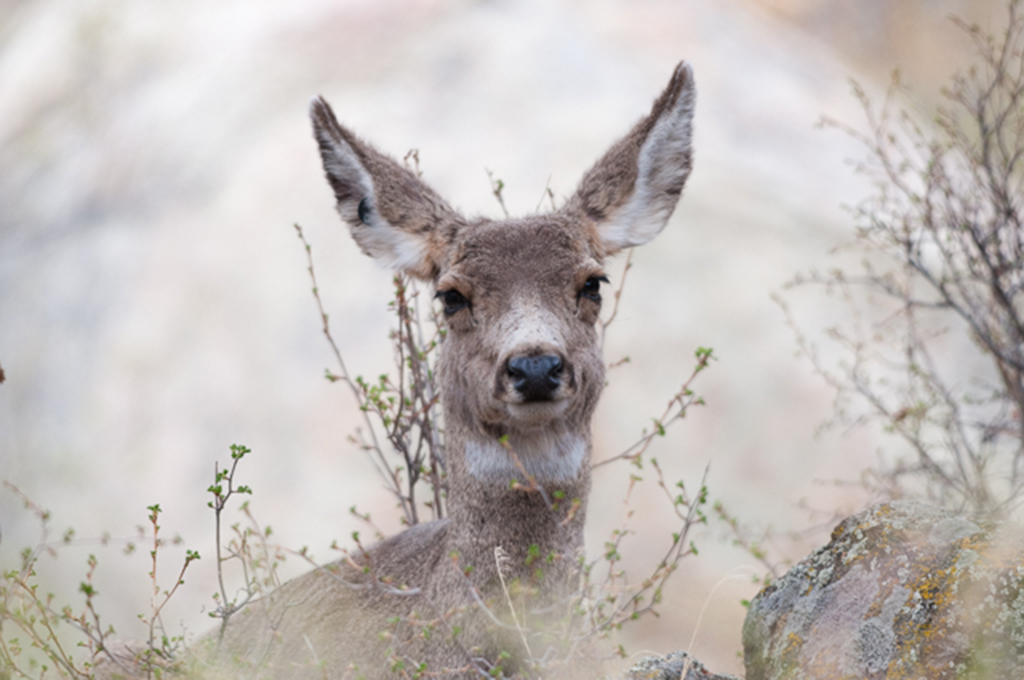
You must be logged in to post a comment.